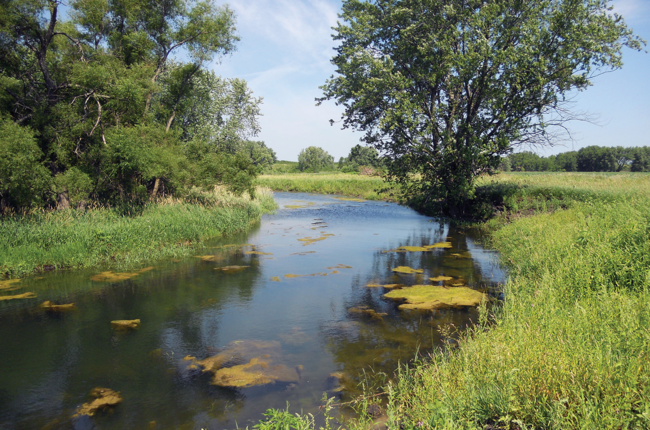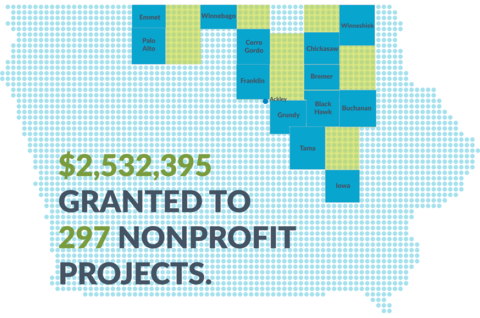
Restoring Nature’s Solutions
April 22, 2019
In 2008, flooding devastated Waterloo, Cedar Falls and many other communities along the Cedar River Basin, and the threat remains. Water quality in Iowa is an issue that will impact future generations. What is one solution to both problems? Oxbow wetlands can make a significant difference according to The Nature Conservancy in Iowa. These former bends that have been naturally cut off from the main river or stream are vital, but disappearing, pieces of the Iowa landscape.
“We’ve lost about 90% of our wetlands, so we are looking to get some of those back,” said Justin Ray, Director of Philanthropy.
The Nature Conservancy’s focus on the Cedar River Basin has landed its restoration efforts just north of Waterloo near the Shell Rock River in Bremer County.
“The Cedar River watershed area is a huge priority for our organization at a national and world level given the impact it has on water quality and flooding,” said Nick Longbucco, Cedar Basin Freshwater Manager.
The impact of the restoration of the two oxbows made possible by the grant is significant and tangible. During a flood, these oxbow wetlands can store 13.75 million gallons of water that would otherwise run over the land. The wetlands absorbs nutrients, especially nitrogen, a key concern in water quality. It also creates wildlife habitat and recreational benefits for residents.
The Walnut Bend project is one of seven in the Cedar River Basin, but an important one.
“I think one focus is going to be around Black Hawk County. It could be a catalyst to do more,” said Justin.
Doing more means solving critical environmental issues, not just for the Cedar Valley, but well beyond the borders of counties.




